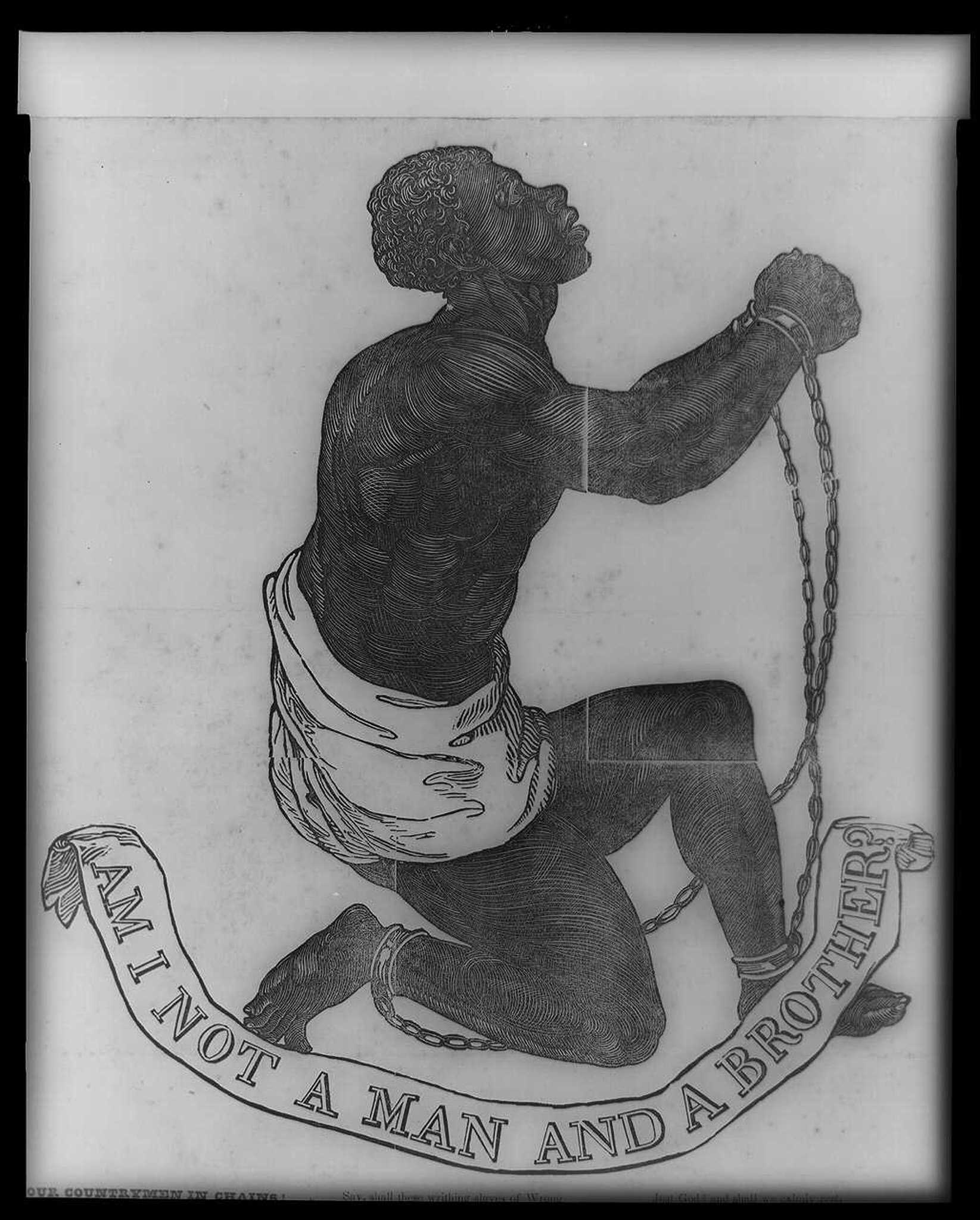Chapter 2
Anti-Slavery in Black & White
In the 1820s African American and white abolitionists began working together to pressure Americans to confront the brutal realities of slavery. Alarmed by the rapid expansion of slavery beyond the Mississippi River, they forged new and unexpected relationships that defied the color line building the abolitionist movement. They carried their concerns to the public arena, declaring freedom for all. They marketed their movement including creating abolitionist papers, publications, logos and promotional products. Within the movement the end of slavery was the call of the day, yet tension regarding Black equality was also present.
As the abolitionist movement gained momentum its successes sparked violent anti-abolitionist backlash, and racism soaked into popular culture, political campaigns, and scientific thought. The result was that no American could avoid the issue of slavery and race.
Marketing the Movement
A is for Abolitionist Book
Abolitionists put their message on consumer goods. At school, children might encounter an antislavery primer beginning, “A is for Abolitionist—A man who wants to free the wretched slave.” On her dressing table, a woman might apply makeup from a small box declaring, “Am I not a man and a brother?” In many homes, Americans read the bestseller "Uncle Tom’s Cabin" by Harriet Beecher Stowe. Cleverly adapting consumer culture to their cause, antislavery advocates spread the message in shops across the country.
Slave Market of America: Abolitionist Visual Storytelling
This broadside was issued during the 1835–1836 campaign of the American Anti-Slavery Society to have Congress abolish slavery in the District of Columbia. The text features arguments for abolition next to images of the atrocities of slavery in the capital city. Waged by moderate abolitionists and Quaker organizations, the American Anti-Slavery Society formed in the wake of the Missouri Compromise, David Walker’s "Appeal," Nat Turner’s Rebellion, and the nullification crisis. They also rejected the “resettlement” approach of the American Colonization Society, which called for emancipation coupled with removal of Black people from the country. The Society’s compelling broadside includes arguments against enslavement on moral as well as economic and political grounds, highlighted by the images contrasting the Declaration of Independence with enslaved people being led by the U.S. Capitol Building.
"Slave Market of America," Abolitionist Broadside, 1836
Wedgewood Roller Blotter, ca. 1830
Kept on a desk and used when writing, this Wedgewood ink blotter declares the "HUMANITY" of the enslaved as it features the iconic anti-slavery logo of a kneeling enslaved man.
American Anti-Slavery Society Collection Box, ca. 1850
The family of abolitionist William Lloyd Garrison used this box to raise money for the cause. The collecting box features the iconic emblem of a kneeling enslaved man. The image commissioned by potter Josiah Wedgewood most often includes the plea “Am I Not a Man and A Brother?”
The Blemish of Slavery
Enameled Patch Box with Antislavery Slogan
Antislavery sentiment found its way to even the smallest consumer goods, like this ladies' patch box. Patch boxes were used to store faux beauty marks, to emphasize a lady's alabaster skin or cover a blemish. The sentiment featured on this patch box states, "May the Enemies of LIBERTY Feel the Evils of Slavery." The message emphasizes that the nation could not hide from its blemish of slavery and demanded abolition.
Harriet Beecher Stowe's "Uncle Tom's Cabin"
Uncle Tom's Cabin, 1852
An international bestseller, Harriet Beecher Stowe’s seminal novel brought widespread attention to the issue of slavery.
Picturing Slavery
Picture of Slavery in the United States of America, 1834
Selling Women by the Pound
Images from George Bourne’s candid and graphic portrayal of slavery circulated widely before the Civil War. The book includes descriptions of the horrors of slavery and includes images observed by and told to the author, including an image of an enslaved woman being sold by the pound.
